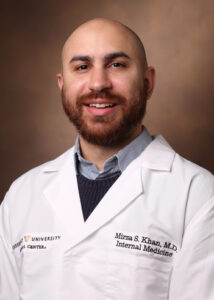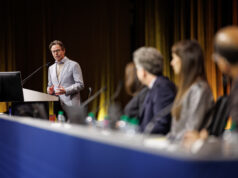
Automated external defibrillators (AEDs) were used in in 13 of nearly 1,800 cases of out-of-hospital cardiac arrest, even though many of the incidents occurred near a public AED, research to be presented at the American College of Cardiology’s (ACC’s) annual scientific session (6–8 April, Atlanta, USA) will show.
“Public AED availability is critical for people to be able to use them in the appropriate time and fashion,” said Mirza S Khan (University of Missouri-Kansas City, Kansas City, USA) the study’s lead author. “However, people need to know it’s there to be able to use it. It’s not sufficient just to have them in the right places.”
The study used data from a national registry to analyse 1,799 cardiac arrests that occurred at home or in public settings in Kansas City between 2019‒2022. Researchers calculated walking times from where each cardiac arrest occurred to the nearest registered AED using a database of public AEDs in the city.
According to the results, a vast majority (about 85%) of the cardiac arrests occurred at home. A bystander (someone other than a paramedic) administered CPR in 42% of these cases but AEDs were never used. Researchers calculated that nearly one-quarter of at-home cardiac arrests occurred within a four-minute walk of a public AED.
Among cardiac arrests that occurred in public, a bystander administered CPR in about 42% of cases and used an AED in about 7% of cases. Nearly half of these cardiac arrests occurred within a four-minute walk of an AED. Even in the “optimal scenario” in which a bystander administered CPR and the event occurred within a four-minute walk of an AED (the “optimal” scenario), an AED was used in only about one out of four cases.
Taken together, the results suggest that AEDs are often available but underutilised. By drawing attention to this gap, the findings could help inform ongoing efforts to improve signage around AEDs, provide apps or mapping tools to help people locate them and increase education and awareness through community volunteer training programs.
“It’s been heartening to see the enthusiasm from local governments and organisations, who are really keen to use this work to help build up to that next level of narrowing that gap in terms of the AED usage that we’d like to see,” Khan said.













